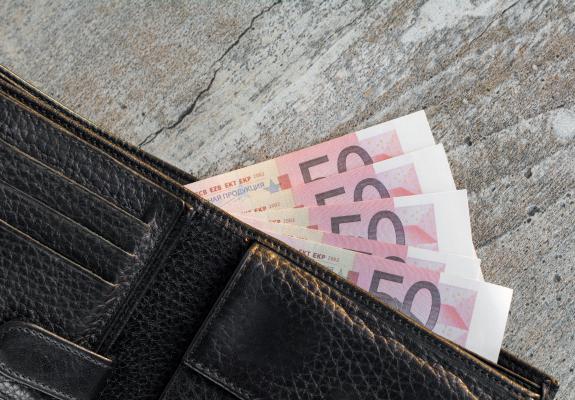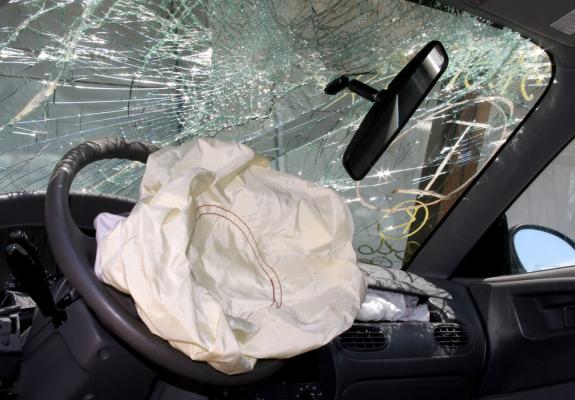Time to Rethink the Lambradjia
When Tradition Turns Tragic and Hateful
On Holy Saturday, a 22-year-old man lost his life in Strovolos while helping to build a lambradjia — the towering Easter bonfire that has long been a fixture of Cypriot Orthodox celebrations. He was struck by a wooden pole, believed to be an old electricity post, as he and others gathered wood for the fire. This wasn't just an accident. It was the latest — and most heartbreaking — example of how a once-innocent tradition has veered into dangerous territory.
It’s time we asked ourselves a difficult question: Should the lambradjia tradition, as we know it, be stopped?
It’s time we asked ourselves a difficult question: Should the lambradjia tradition, as we know it, be stopped?
The tradition of the Easter bonfire has deep roots in Cypriot culture, symbolizing the burning of Judas and the triumph of resurrection. But the reality of the lambradjia today tells a different story. It’s no longer just a neighborhood ritual of light and community. It has become a chaotic and often violent practice, marked by makeshift construction, unsupervised gatherings, and — in recent years — disturbing displays of hate.
This year alone, multiple bonfires were topped with rainbow flags and messages targeting the LGBT community. Others were emblazoned with the Turkish flag. These aren’t isolated incidents. They reflect a broader problem: the hijacking of a cultural ritual by elements that use it to divide, intimidate, and incite. What began as a symbol of resurrection has become, in many places, a battleground of bigotry and recklessness.
The bonfires are often built with little to no oversight. Most are self-organized by groups of young people collecting flammable materials — sometimes even stolen wood or hazardous objects like tyres and treated timber — days or weeks in advance. Fires are lit dangerously close to homes, schools, or electric lines. Municipalities struggle to keep up, and police often intervene too late, or not at all.
The death of the 22-year-old is not just a tragedy — it’s a wake-up call.
One option is bold but necessary: ban lambradjies altogether. Declare them illegal and enforce it with the same seriousness applied to fireworks or other public safety threats. No celebration should come at the cost of lives or social cohesion.
The second, more balanced path is regulation. Municipalities could take control of Easter bonfires by designating specific areas for safe, supervised events. These fires could be built with approved materials, guarded to prevent vandalism, and framed around the original message of Easter — unity, hope, and renewal. This would allow the tradition to evolve without vanishing.
Some may argue that banning or regulating lambradjies is an attack on culture. But culture isn’t static — it changes, it adapts, and it must be held accountable to the values we claim to celebrate. If the resurrection of Christ is meant to represent life, compassion, and love, then the way we mark it should reflect that — not injury, hatred, or death.
The time for nostalgia has passed. A young man’s life is gone, and with it, the illusion that we can continue with business as usual.






